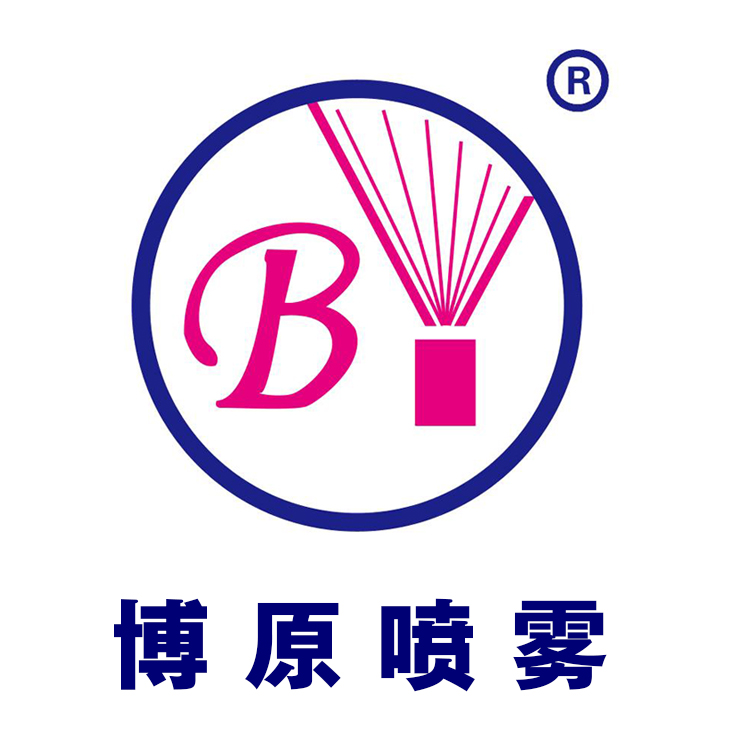Several methods of water-saving irrigation technology
Author:adminView:6104adddate:2016-11-28
Following are several methods of water-saving irrigation technology:
First, salt water irrigation technology
Saline water irrigation technology mainly includes water mixed irrigation and wheel irrigation of different water quality. In addition, the technology of underground saline water irrigation based on the principle of electric osmosis is used.
Mixed irrigation is two different irrigation water mixed use, including brackish mixed irrigation, salt alkali (low mineralized alkaline water) mixed irrigation and two kinds of different water salinity of mixed irrigation, to reduce total saline irrigation water or change its salt composition. Mixed irrigation in improving the water quality of irrigation water at the same time, also increased the total amount of water, which can not be used before alkaline or high salinity water can be used.
Wheel irrigation is a kind of irrigation method based on water resource distribution, crop type, salt tolerance and crop growth stage. Such as the dry season with salt water, the rain water is water; strong salt tolerant crops (such as cotton) with salt water, weak salt tolerant crops (such as wheat, corn, soybean) with fresh water before sowing and seedling; with fresh water and brackish water, crops in the middle and late period. Round irrigation can fully and effectively play the respective functions and benefits of salty and fresh water.
Two, sewage irrigation technology
The use of sewage irrigation spray is a sewage treatment method of sewage treatment and agricultural water together, and is a kind of new irrigation method. Irrigation water purification, sewage is sprayed in the field, the use of soil, crop and microbial decomposition of some components in the sewage, and made some water back into the atmosphere, soil water infiltration after purification part discharging reuse.
In the use of sewage irrigation, sewage should be first precipitation, screening, remove solid dirt, and some need to add disinfectant. Sewage irrigated crops should be based on economic crops other than vegetables, preferably for cereal crops only for the early stages of crop growth, a period of time before the crop harvest should be stopped sewage irrigation.
The sewage irrigated soil in sandy loam, loam and loamy sand as well, water should be combined with the species and growth period of crop, such as in early spring and late autumn crops, irrigation should be less. The implementation of sewage irrigation to prevent large scale irrigation, so as not to cause surface and subsurface runoff, irrigation intensity does not cause soil viscosity and no surface runoff as a principle. If the sewage water quality does not meet the irrigation water quality standards, can be used to clear water mixing method, so that the mixed water quality meet the requirements of irrigation after irrigation.
Three, the use of air moisture irrigation
The moisture in the air for irrigation is to collect the moisture in the air through certain facilities, direct supply plants use or converge to the reservoir for irrigation purposes.
German researchers used a cylinder to collect moisture in the air, its inner wall coated with heat absorbing sunlight paint, the cylinder and a number of nozzles connected to the nozzle tube buried in the root of the two rows of plants. The high temperature baking hot air through the cylinder into the nozzle tube, to cool down at night, the moisture in the air condenses into drops of dew and flow to the roots of crops. Researchers in Peru along the coast to display some large vertical nylon net, to attract the fog, fog to be turned into a water into the reservoir, along the beach for irrigation. Chilean researchers using the desert cloud to transform the desert, they installed double net made of polypropylene plastic in the framework of the great to "capture" the cloud, cloud on the Internet is condensed into water, collected in the storage pool, for planting grass or natural desert plant for irrigation.
For desert areas and lack of fresh water in coastal areas, the use of water in the air for irrigation is a desirable method, but how to reduce costs, improve efficiency and practicality is the problem should be addressed in the future.
First, salt water irrigation technology
Saline water irrigation technology mainly includes water mixed irrigation and wheel irrigation of different water quality. In addition, the technology of underground saline water irrigation based on the principle of electric osmosis is used.
Mixed irrigation is two different irrigation water mixed use, including brackish mixed irrigation, salt alkali (low mineralized alkaline water) mixed irrigation and two kinds of different water salinity of mixed irrigation, to reduce total saline irrigation water or change its salt composition. Mixed irrigation in improving the water quality of irrigation water at the same time, also increased the total amount of water, which can not be used before alkaline or high salinity water can be used.
Wheel irrigation is a kind of irrigation method based on water resource distribution, crop type, salt tolerance and crop growth stage. Such as the dry season with salt water, the rain water is water; strong salt tolerant crops (such as cotton) with salt water, weak salt tolerant crops (such as wheat, corn, soybean) with fresh water before sowing and seedling; with fresh water and brackish water, crops in the middle and late period. Round irrigation can fully and effectively play the respective functions and benefits of salty and fresh water.
Two, sewage irrigation technology
The use of sewage irrigation spray is a sewage treatment method of sewage treatment and agricultural water together, and is a kind of new irrigation method. Irrigation water purification, sewage is sprayed in the field, the use of soil, crop and microbial decomposition of some components in the sewage, and made some water back into the atmosphere, soil water infiltration after purification part discharging reuse.
In the use of sewage irrigation, sewage should be first precipitation, screening, remove solid dirt, and some need to add disinfectant. Sewage irrigated crops should be based on economic crops other than vegetables, preferably for cereal crops only for the early stages of crop growth, a period of time before the crop harvest should be stopped sewage irrigation.
The sewage irrigated soil in sandy loam, loam and loamy sand as well, water should be combined with the species and growth period of crop, such as in early spring and late autumn crops, irrigation should be less. The implementation of sewage irrigation to prevent large scale irrigation, so as not to cause surface and subsurface runoff, irrigation intensity does not cause soil viscosity and no surface runoff as a principle. If the sewage water quality does not meet the irrigation water quality standards, can be used to clear water mixing method, so that the mixed water quality meet the requirements of irrigation after irrigation.
Three, the use of air moisture irrigation
The moisture in the air for irrigation is to collect the moisture in the air through certain facilities, direct supply plants use or converge to the reservoir for irrigation purposes.
German researchers used a cylinder to collect moisture in the air, its inner wall coated with heat absorbing sunlight paint, the cylinder and a number of nozzles connected to the nozzle tube buried in the root of the two rows of plants. The high temperature baking hot air through the cylinder into the nozzle tube, to cool down at night, the moisture in the air condenses into drops of dew and flow to the roots of crops. Researchers in Peru along the coast to display some large vertical nylon net, to attract the fog, fog to be turned into a water into the reservoir, along the beach for irrigation. Chilean researchers using the desert cloud to transform the desert, they installed double net made of polypropylene plastic in the framework of the great to "capture" the cloud, cloud on the Internet is condensed into water, collected in the storage pool, for planting grass or natural desert plant for irrigation.
For desert areas and lack of fresh water in coastal areas, the use of water in the air for irrigation is a desirable method, but how to reduce costs, improve efficiency and practicality is the problem should be addressed in the future.





